ROOM: The Space magazine is one of the top magazines on space exploration, technology and industry. At ROOM, we share a common objective – advancement of peaceful space exploration for the benefit of humankind, all while bringing you comprehensive articles on a variety of trending topics. Our authors include analysts and industry leaders from all over the world, which lets us bring you timely and detailed information about hubble space telescope galaxy picture.
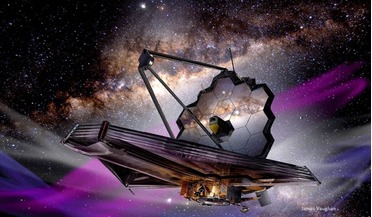 May 2022
Essential guide to the James Webb Space Telescope
May 2022
Essential guide to the James Webb Space Telescope
... stars and galaxies to hunting for possible signs of life around nearby worlds. Although we have planned extraordinary science, we cannot imagine the universe the James Webb Space Telescope is about to reveal. WST is not ‘Hubble’s Replacement’ but ‘Hubble’s Successor’, designed...
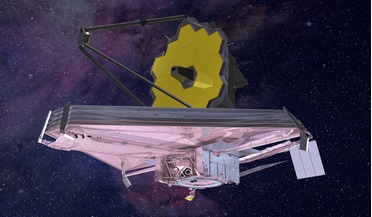 28 March 2018
Woes for Webb as the space telescope is delayed again
28 March 2018
Woes for Webb as the space telescope is delayed again
The world’s most powerful space telescope and the successor to NASA's famed Hubble Space Telescope, the James Webb Space Telescope (JWST) has had its launch date delayed again, this time until approximately May 2020. ... increases. But, do any missions lift off without a hitch? Let's not forget JWST’s predecessor, the Hubble Space Telescope. Hubble, which was the JWST of its time, was also beset by numerous technical delays and budget problems...
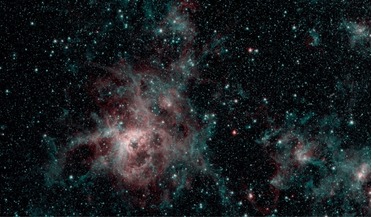 May 2020
Space astronomy at the limits of technology
May 2020
Space astronomy at the limits of technology
... in mission control at the Jet Propulsion Laboratory in Pasadena, California, on 30 January 2020. My first Great Observatory was the Hubble Space Telescope (HST). I was a team member on the high resolution spectrograph, which was one of the instruments that Ball...
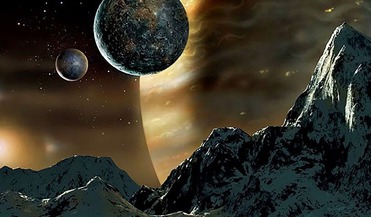 March 2016
Why We Need Space Artists
March 2016
Why We Need Space Artists
...that seemed like the gates of Hell itself. In deep space - the province of stars, nebulae and galaxies - even the Hubble Space Telescope and developments in terrestrial observing have not superseded but only provided... much new material for space artists. Black holes, pulsars, quasars and hundreds...
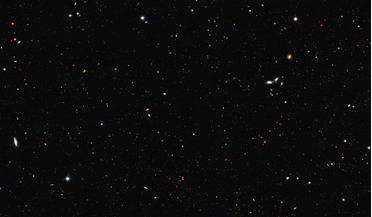 14 October 2016
Observable Universe is populated with 10 times as many galaxies as previously thought
14 October 2016
Observable Universe is populated with 10 times as many galaxies as previously thought
... estimated that around 100 billion galaxies populate the observable Universe[1]. Now, an international team of astronomers using data from the NASA/ESA Hubble Space Telescopes and other telescopes have shown that this figure ... of Nottingham, UK, painstakingly converted deep space images from Hubble and data from his team's previous work, into 3D, in order to make accurate measurements of the number of galaxies at different times in the Universe's ...
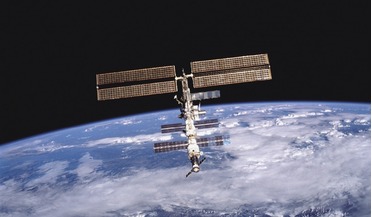 February 2020
Preserving our space heritage
February 2020
Preserving our space heritage
...? The answer to the latter question is perhaps an easier one to address. Scientific satellites such as the Hubble Space Telescope (HST) have contributed enormously to our understanding of the universe and are surely worth preserving. The International... not simply image them. For this we would need a larger satellite that could not only take pictures of the target, but also rendezvous with it and provide it with ‘curatorial services’ that would ...
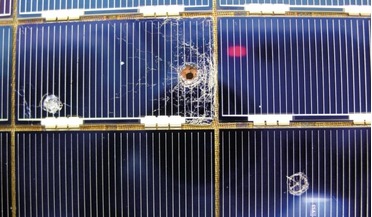 February 2021
Space archaeology - preserving our orbital heritage
February 2021
Space archaeology - preserving our orbital heritage
...regulations) but now awaiting the inevitability of atmospheric drag and gravity to take effect. The Hubble Space Telescope - cultural as well as scientific icon. Harvest option The threat posed by debris within the.... Case study One notable space asset within the space heritage discussion is the Hubble Space Telescope (HST). Launched in 1988 aboard Space Shuttle Discovery, it is clear that the venerable space telescope has a limited future lifespan...
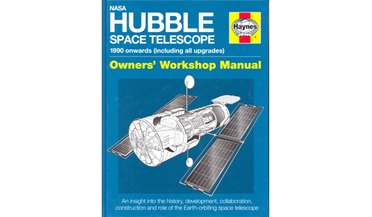 29 March 2018
NASA Hubble Space Telescope Owners’ Workshop Manual
29 March 2018
NASA Hubble Space Telescope Owners’ Workshop Manual
The Hubble Space Telescope is one the most iconic spacecraft of the entire Space Age and this Haynes Workshop Manual provides a good introduction to the science and technology involved. In common...historical background to the HST to (briefly) its successor, the James Webb Space Telescope. Significant sections include those on the design and development of the Hubble and its scientific instrument payload and one on the “corrective optics” delivered...
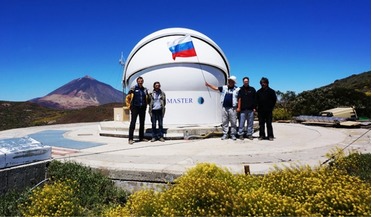 February 2017
Global robotic network for monitoring near-Earth and outer space
February 2017
Global robotic network for monitoring near-Earth and outer space
... Jupiter which is 8.6 km in diameter, has an absolute magnitude of 21 and the visible light limit of the Hubble Space Telescope is 32. The angular speed of movement can reach 20-50 degrees per second. In recent years, the MASTER system has... onto white dwarves in small dual-star systems), eruptive variables (accretive white dwarves), active galaxy nuclei flashes (blazars, quazars, supermassive black holes), dual star systems of unknown origins, ...